Description
Nagao Hignokami
technical spec:
Steel: Made from blue steel with softer carbon steel cladding
Blade length:95 mm
Blade Height: 18 mm
Weight: 68 g
Handle: folded brass
Made by the last man belonging to the Miki Guild: 5th generation Mitsuo Nagao from kankoma
A higonokami (肥後守) is a type of folding pocket knife originating in Miki, Hyōgo Prefecture, Japan in 1896. The knife has no locking system, but is a friction folder using the friction of the swivel or the pressure of the user’s thumb on its iconic lever or chikiri, to prevent the knife from folding during use. The handle of the Higonokami is made of a folded over sheet of brass metal. The handle is stamped with the name of the maker of the knife and the steel used in the blade. A distinguishing feature is that the blade has a flat grind without a secondary bevel.
Higonokami refers to “Lord-of-Higo”. Higo was an old province in Japan, on the island of Kyūshū, today’s Kumamoto Prefecture. “Kami”, literally “protector”, was used as an honorable title for samurai of very high rank bestowed upon them by the shōgun.
The knife first appeared in 1896 as a result of smiths struggling with the lowering demand for swords with the decline of the samurai under the reforms made by Emperor Meiji in the late 19th century.
The name “Higonokami” was trademarked by a Miki guild, and today only the maker KaneKoma (Nagao) is legally allowed to use that name. Other makers routinely use “Higo” or “higonokami style”. Musashi is another brand that goes back to the guild days. Today a number of Japanese knifemakers make traditional styled Higonokami, or modernized versions thereof.
Higonokami pocketknives proved very successful and were very popular in Japan. The popularity of the blades dwindled after the tightening of knife legislation in Japan in 1961.

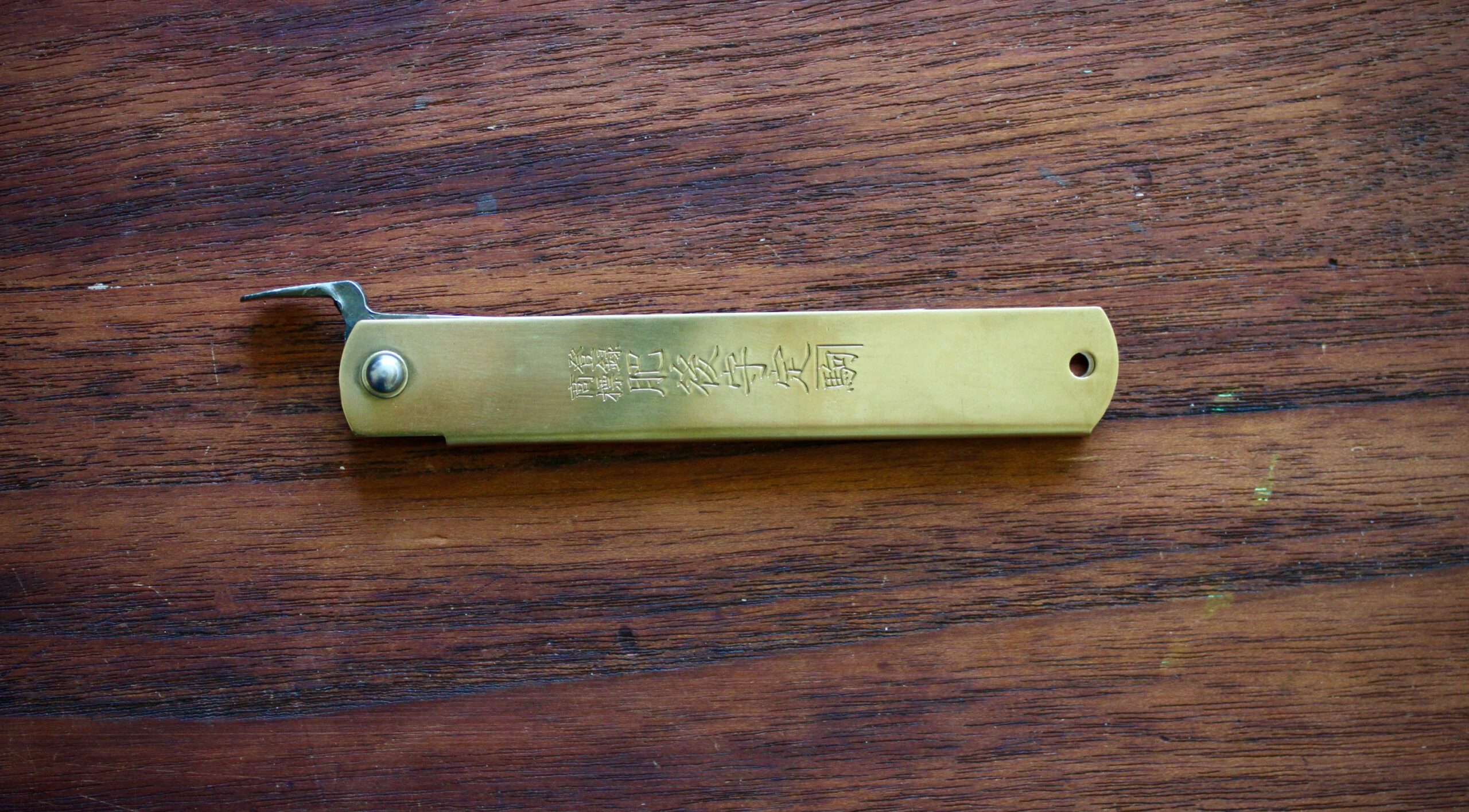
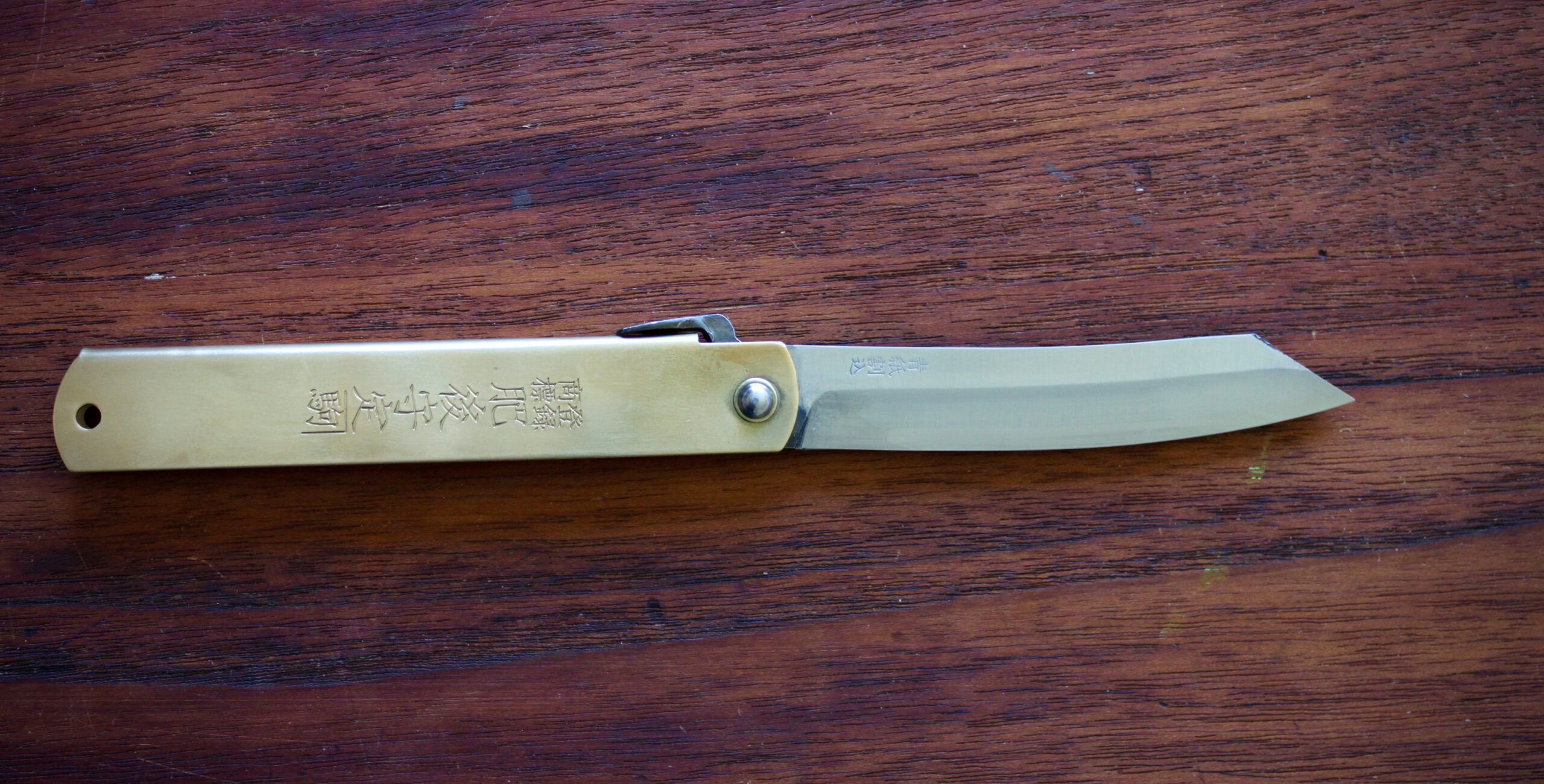
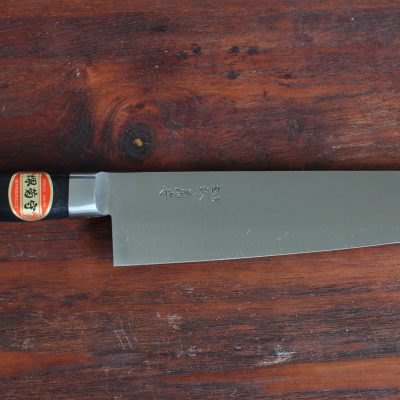
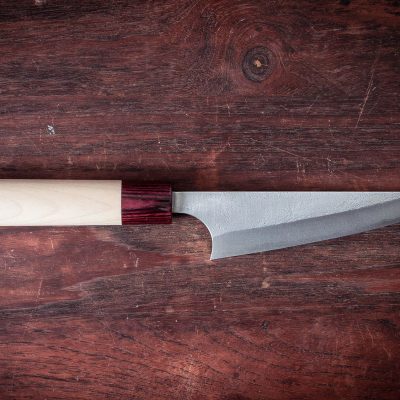
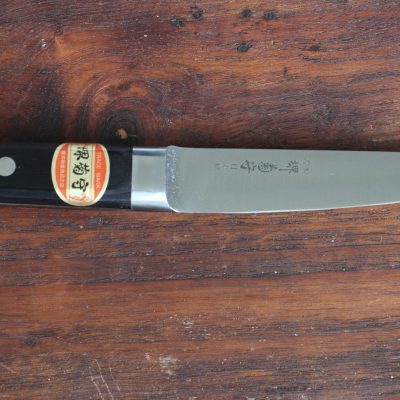
Reviews
There are no reviews yet.